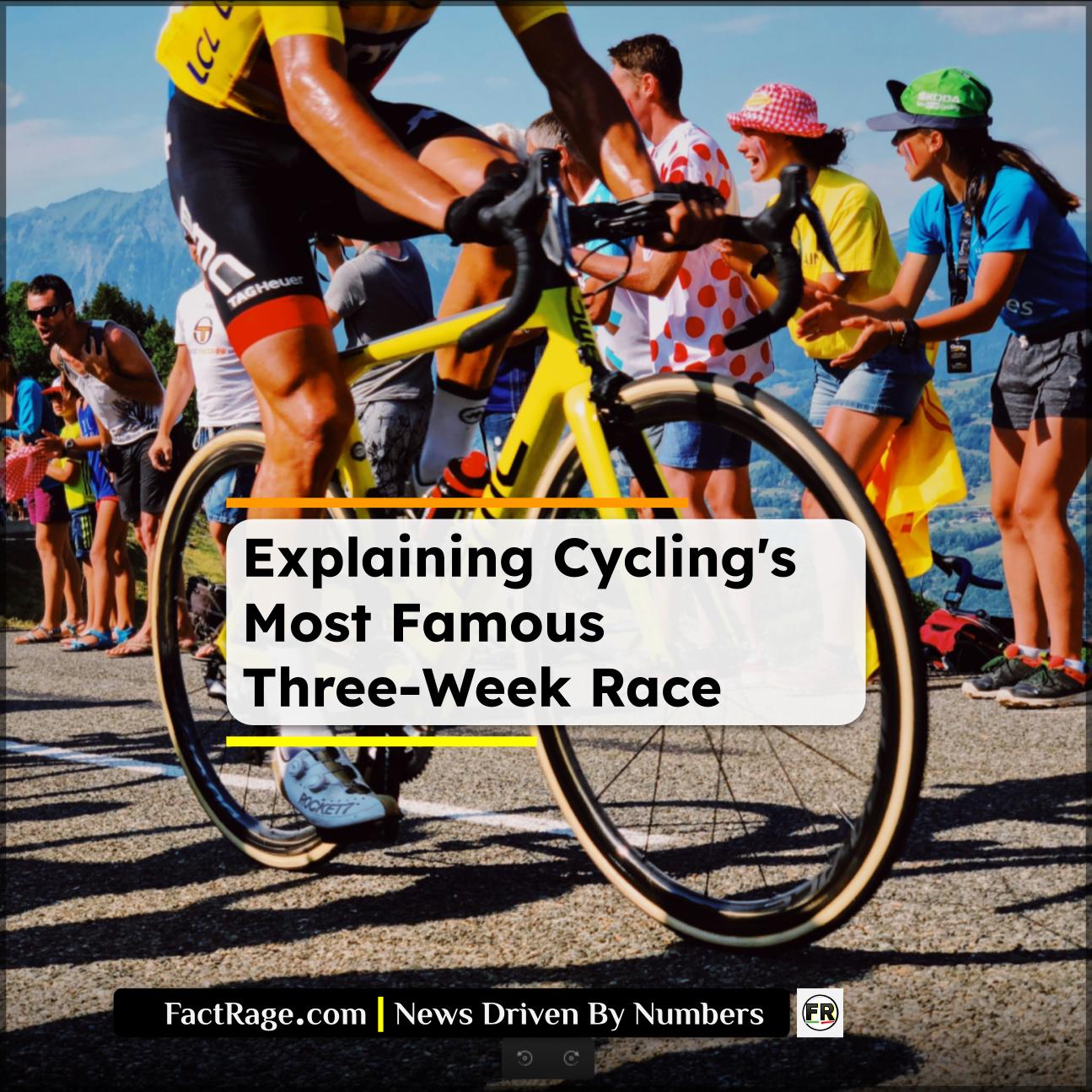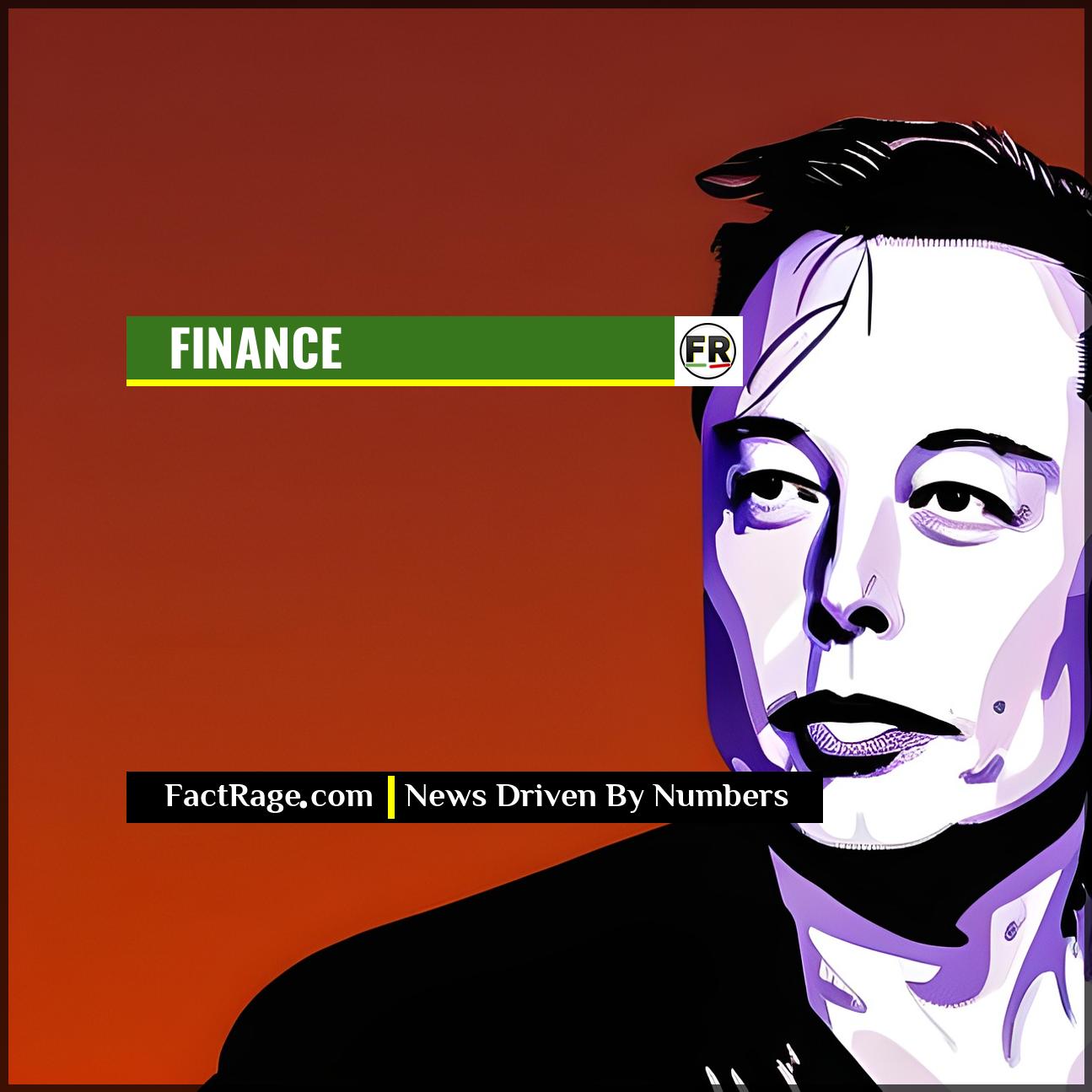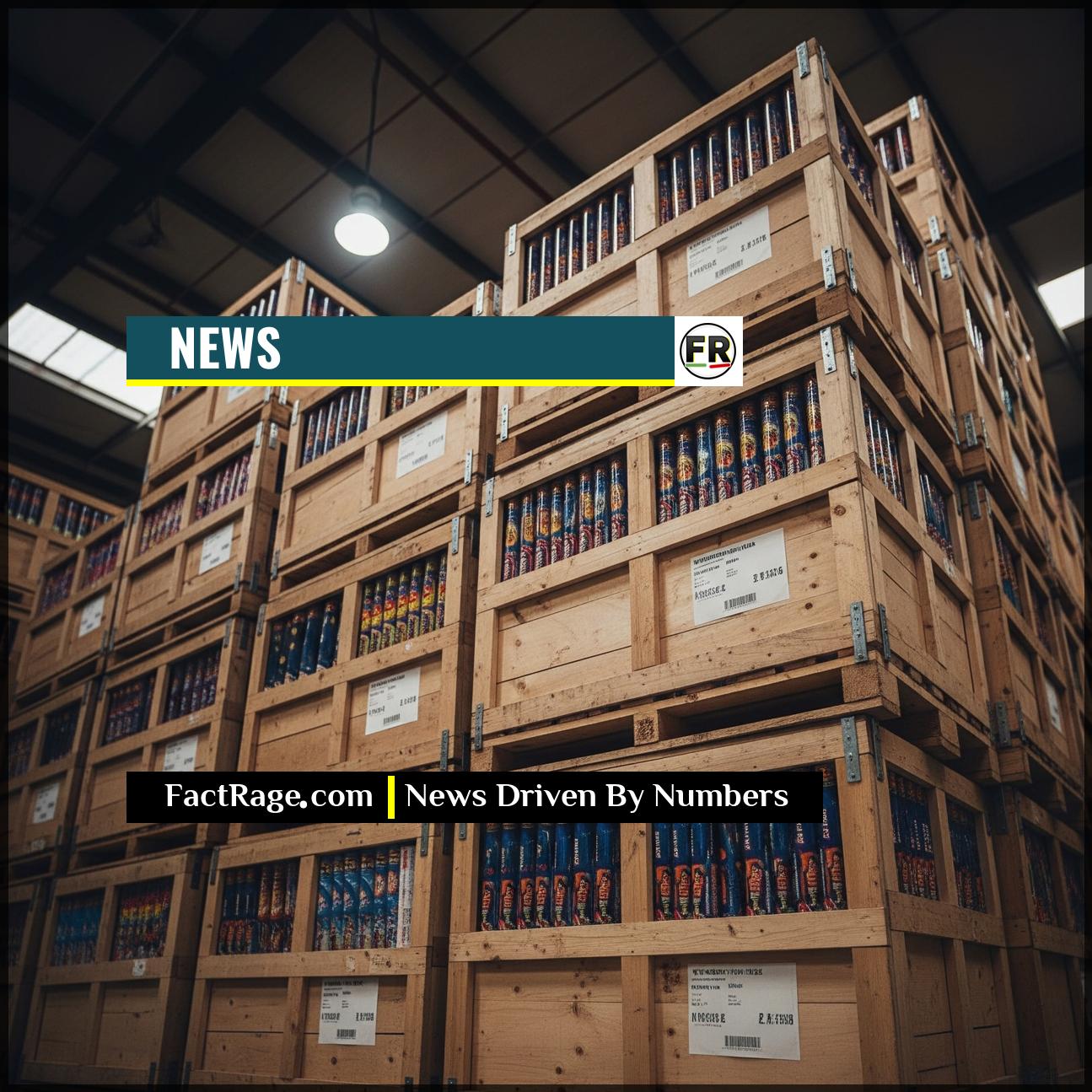LILLE, FRANCE – On Saturday, a vibrant stream of 176 cyclists will begin a grueling 21-day, 3,492-kilometer journey across France, a spectacle of human endurance known as the Tour de France.
- Extreme Physical Demands – Riders burn between 5,000 and 8,000 calories per stage, face extreme weather, and push their bodies to the physiological brink for three consecutive weeks.
- The Peloton’s Unwritten Code – Beyond official regulations, the main group of riders, or peloton, operates with a complex set of unwritten rules governing safety, respect, and conduct.
- A Rolling Cultural Event – The Tour is a massive logistical undertaking that temporarily transforms the towns along its route, bringing a global audience and a festival-like atmosphere.
For the millions who line the roads and the hundreds of millions who watch worldwide, the race is a vibrant display of color and speed. But for the riders clipped into their pedals, it is an odyssey of pain, strategy, and survival.
What It Takes to Fuel the Engine

The sheer physical output required to compete in the Tour de France is difficult to comprehend. Over 21 stages, riders will climb the equivalent of scaling Mount Everest nearly three times. To power this effort, a cyclist’s body becomes a furnace. Daily caloric intake often ranges from 6,000 to 8,000 calories, a figure that would cause rapid weight gain in a normal person but is essential for survival in the Tour.
This fuel is consumed through carefully planned meals and a constant intake of energy gels, bars, and drinks while on the bike. The question is not just about getting enough calories, but getting the right kind at the right time. Teams employ nutritionists and chefs to manage every gram of carbohydrate, protein, and fat. Despite this, many riders will finish the race several pounds lighter, a testament to the extreme energy deficit they endure. The physical stress is immense, with resting heart rates dropping into the 30s (beats per minute) and daily lactate threshold tests pushing them into zones of extreme pain.
The Hidden Rules of the Road
Inside the main pack of riders, known as the peloton, a society on wheels exists with its own culture and laws. These are not rules written by the race organizers but a code of conduct passed down through generations of cyclists. This unwritten constitution is designed to maintain a fragile order and ensure safety when 170+ athletes are riding inches apart at speeds exceeding 50 kilometers per hour.
The code dictates, for example, that riders should not attack the race leader (wearer of the yellow jersey) when they have a mechanical issue or are taking a “nature break.” It governs how riders from different teams work together in a breakaway, sharing the workload of cutting through the wind. A symphony of silent signals—a flick of an elbow to indicate a hazard, a hand gesture to request food from a team car—maintains communication. Violating this code can result in being ostracized by the group, a dangerous position in a sport where drafting behind other riders can save up to 30% of a cyclist’s energy. It’s this intricate dance of cooperation and competition that defines the race just as much as the climbs and sprints.
How the Tour Transforms a Town
Long before the riders arrive, the Tour de France makes its presence known. A massive promotional “caravan”—a parade of extravagantly decorated sponsor vehicles—travels the route hours ahead of the race, tossing out merchandise to spectators. For the small villages and towns selected to host a stage start or finish, the day of the Tour is a monumental event.
Streets are closed, local festivals are organized, and the town’s population can swell by tens of thousands. Hosting the Tour provides a significant, if temporary, economic boost and puts a community on a global stage. It requires a massive logistical effort, coordinating security, traffic, and services. For that one day, a quiet farming village in Provence or a small town at the foot of the Pyrenees becomes the center of the sporting world, its identity and landscape woven into the fabric of one of cycling’s greatest stories.













